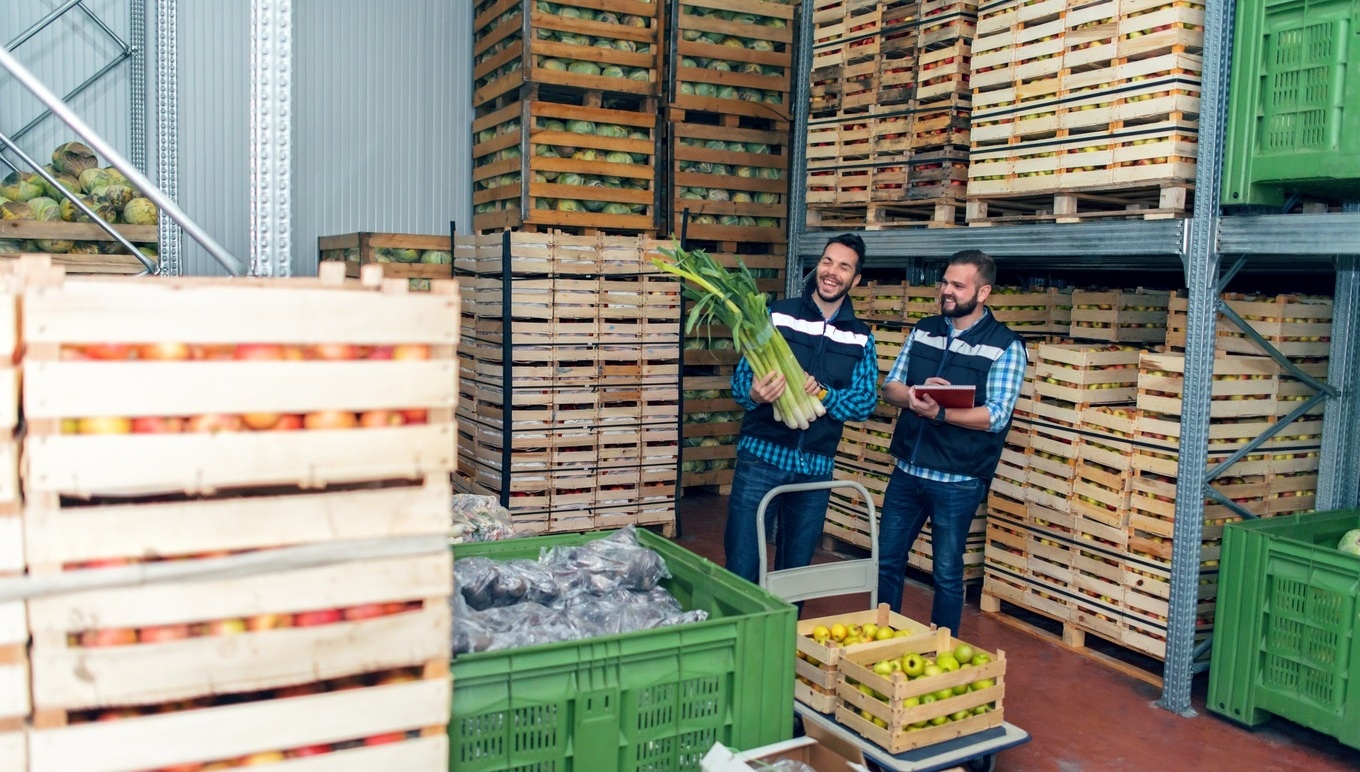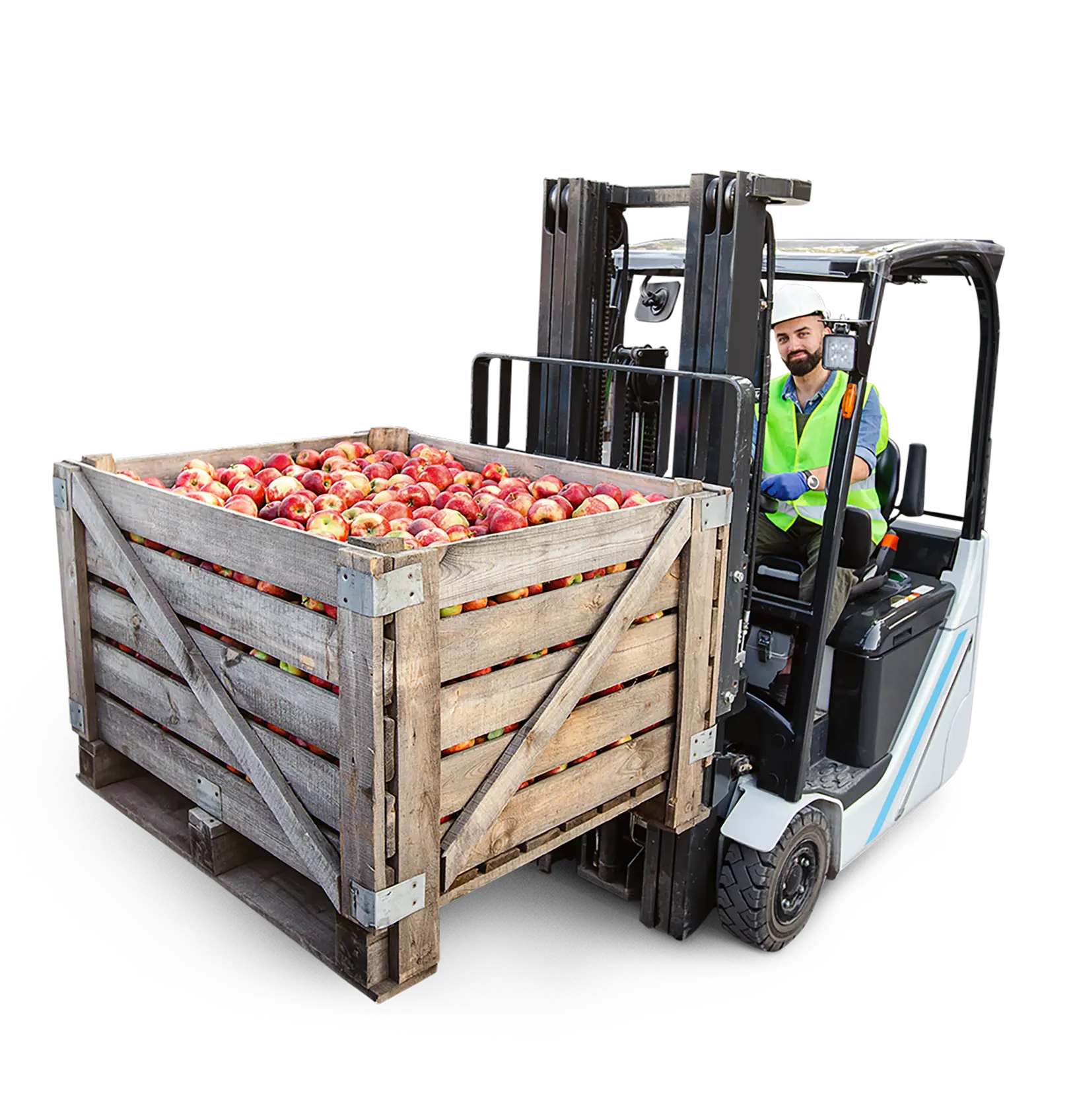7 Tips for Better Food and Beverage Purchasing Procedures
7 Tips for Better Food and Beverage Purchasing Procedures
7 Tips for Better Food and Beverage Purchasing Procedures

The old saying “it takes money to make money” certainly rings true in the food and beverage industry. As much as your organization may be focused on generating revenue by selling products to clients, you need raw materials to produce those items, and that means you’ll be doing your fair share of purchasing.
But with profit margins tight and the competition fierce, you’ve got to be smart about your spending if you want to keep your bottom line healthy. That’s especially true for small- and mid-sized businesses, who face pressure not only from their peers but also the big names at the top of the sales charts across multiple categories.
How exactly do you go about creating ideal food and beverage purchasing procedures and getting the most for your money without compromising on quality, safety and reliability? We’ve gathered this list of 7 helpful tips to make sure you’re informed and primed for success.
1. Balance Affordability and Quality
Don’t make the mistake of assuming that in order to get premium ingredients, you have to pay premium prices. By shopping around, you should be able to find an option that satisfies your need for both high-quality raw materials and reasonable costs.
Remember to leave no possibility unexplored in your search. It could be that partnering with a local provider allows you to purchase within your budget while also getting the freshest goods. On the other hand, you might find that sourcing internationally is the way to go if you need very specific varieties at an affordable cost.
2. Prioritize Dependability
Few issues can put a damper on the day’s productivity like a shortage of critical items due to a late shipment or missed delivery. Your company no doubt takes consistency and accountability seriously, and you should expect the same from the vendors of your materials.
As it is in so many realms, communication is key here. Supply chain disruptions have become more common in this era of “new normalcy,” so some delays may be unavoidable. Confirm with your suppliers that they will proactively reach out to you in these instances so that you can prepare or seek an alternative source.
3. Thoroughly Vet Suppliers
Whether your organization engages in growing, processing, manufacturing or distributing food and beverage products, you must realize that you’re only one stop in the goods’ complete journey from origin to end consumer. So even if you have the highest standards for cleanliness and food safety within your own facilities, there’s still risk of contamination at other stages along the supply chain.
To ensure that your brand is as protected as possible from food safety emergencies, investigate your suppliers’ practices, certifications and locations thoroughly to verify that they’re doing all they can to comply with pertinent regulations and safeguard end consumers from foodborne illness. You may also want to look into their history and contact other current customers to gauge performance over time.
4. Secure a Contract
No list of guidelines in food purchasing would be complete without stressing the need for a firm contract in place between your organization and your providers. The agreement should include a time period for the relationship; your expectations for quality, timeliness and communication; and, of course, the price you’ll be paying.
Hopefully, all will proceed smoothly, and you’ll enjoy a long and fruitful partnership with your suppliers without needing to cite or refer to the contract frequently. In the case that a dispute does arise, though, you’ll be relieved that it’s all down in writing and the facts are clear, which should facilitate a speedy resolution.
5. Establish a Replenishment Procedure
We mentioned the importance of on-time delivery and avoiding inventory outages above, and to that point, it’s also critical to discuss and settle on how your materials will be restocked. Putting in replenishment orders manually might be the most flexible approach, but it’s not particularly efficient or practical in an industry that moves as fast as food and beverage.
For that reason, you should look into setting up an automatic reordering process when your supplies reach a certain threshold. Just remember to revisit the quantities and volumes for those reorders periodically, tune them according to how quickly you’re going through your reserves and scale up or down based on changes in demand.
6. Maintain Supplier Relationships
While your relationship with your vendors is primarily based on the transactions you conduct, don’t neglect the human element in the equation. After all, if you intend to work with them in the long-term, it’s much more preferable to feel like you’re speaking with a friend, rather than an adversary, on the other end of the deal.
It’s worth mentioning once more here that clear and consistent communication will go a long way in making your interactions pleasant and effective. Determine a method and cadence that works best for both parties, and remember that this is a two-way street—be a pleasant business partner, and you’re likely to receive the same treatment.
7. Take Advantage of Technology
This last tip can streamline your daily operations to a great extent, and it’s all about leveraging today’s purpose-built software solutions to work with suppliers more effectively. Enterprise resource planning (ERP) systems are the gold standard when it comes to the digital foundation of modern food and beverage businesses, so we’ll focus on their features and benefits here.
For starters, these all-in-one, cross-functional platforms tie all of your data together, from inventory levels and production schedules to quality assurance and financials. Better still, they help you maintain bidirectional traceability, with facilitates compliance with related government legislation as well as excellent food safety procedures.
Advanced offerings like our industry-specific food and beverage solution, Aptean Food & Beverage ERP, even have a dedicated supplier portal that allows you to maintain all vital information on your vendors in one easily accessible and intuitive interface. Our solution can also import traceability data from your supply chain partners, helping you create that complete picture of the paths your raw materials and finished goods take as they make their way from source to final destination.
What’s more, our system comes with robust financial analytics out of the box, so you can calculate your profit margins quickly and determine whether the prices you’re paying for your ingredients are helping or hindering the attainment of your revenue goals. You’ll also be able to handle the ordering and reordering processes using the platform, simplifying the matter and helping to ensure you’ve always got what you need on-hand.
What Sets Aptean Apart as a Provider
If you’re ready to optimize your food purchasing with industry-specific ERP software, there are even more compelling reasons to consider Aptean as your provider of choice. Firstly, we have decades of collective experience in the field, including in-depth familiarity with the various subverticals and the unique challenges faced by businesses operating within them.
We also offer Aptean Food & Beverage ERP on a software-as-a-service (SaaS) model, hosted entirely from the cloud. Implementing your system this way saves money on up-front hardware costs and provides lock-tight security and 99.9% system uptime thanks to redundant offsite servers and our dedicated IT teams.
Of course, you don’t have to take our word for it—the accolades speak for themselves. This year we were proud to be awarded Frost and Sullivan’s 2022 Product Leadership Award in North American ERP Software for the food and beverage industry, demonstrating our commitment to providing superior solutions and unparalleled service for our clients.
Now, if you want to hear more about Aptean Food & Beverage ERP and how it can help you nail your food and beverage purchasing procedures, contact us today. We’re also happy to conduct a personalized demo at your convenience.
How To Thrive During Food and Beverage Market Turbulence
Prioritising modernisation, optimisation and a sound strategy is necessary for success in the food and beverage industry. Increase operational agility in a continually changing (and often unpredictable) manufacturing landscape.



 Jack Payne | Vice President, Product Management & Solutions Consulting
Jack Payne | Vice President, Product Management & Solutions Consulting